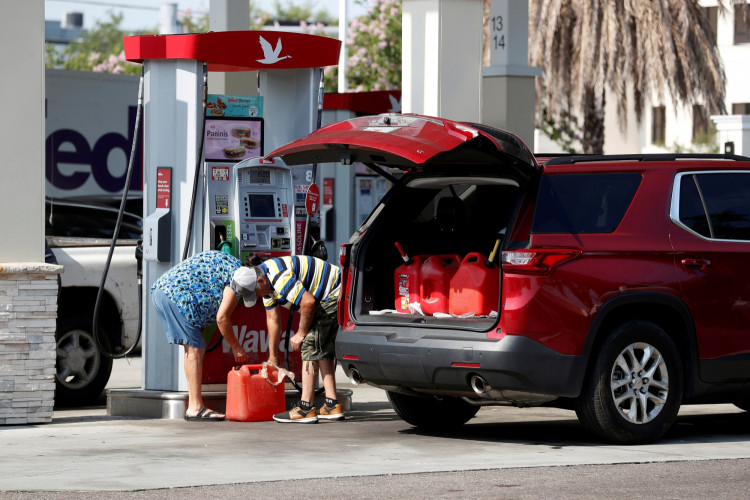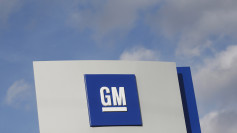As inflation and rising costs continue to strain American households, one expense is taking a particularly steep climb: auto insurance. According to a recent report from Insurify, an auto insurance comparison website, car insurance rates are expected to rise by an average of 22% across the United States by the end of 2024. In some states, however, the increases are even more staggering, with California drivers facing an unprecedented 54% hike in their premiums.
The surge in insurance costs is not limited to California. Missouri and Minnesota are also expected to see significant increases, with rates projected to climb by more than 50% this year. The reasons for these dramatic spikes are multifaceted, involving everything from severe weather events to rising repair costs and changes in state insurance regulations.
Rising Costs Across the Nation
According to the Insurify report, the national average for a full-coverage auto insurance policy is expected to reach $2,469 by the end of 2024, up from $1,666 in June 2023. This 28% increase over a single year reflects a broader trend that has seen insurance costs steadily climb since 2021. The report highlights that while some states are seeing moderate increases, others are experiencing a much sharper rise due to specific local factors.
In California, for example, the combination of frequent wildfires, expensive repairs, and stringent state laws regulating insurance coverage has led to an expected 54% increase in rates. This makes California one of the hardest-hit states in the nation. "We are definitely seeing double-digit rate increases, and those are a little bit higher in California than they are in some places," noted Carmen Balber, executive director of Consumer Watchdog, a California-based advocacy group.
Factors Driving the Increase
The rise in auto insurance premiums is attributed to several key factors. One of the most significant is the increasing cost of vehicle repairs. Modern cars, equipped with advanced technology and expensive components, are more costly to fix, driving up the cost of claims for insurers. This, in turn, leads to higher premiums for consumers.
Another contributing factor is the frequency and severity of natural disasters, such as hurricanes and wildfires, which have become more common and destructive in recent years. These events often result in widespread damage to vehicles, leading to a spike in insurance claims. In states like California, where wildfires are a perennial threat, this has a particularly pronounced impact on insurance rates.
Additionally, changes in state laws have also played a role. For example, legislative changes in Maryland and South Carolina have increased the financial responsibilities of insurers, contributing to higher premiums for drivers in those states. In California, the no-fault insurance system, where drivers file claims with their own insurance companies regardless of who is at fault in an accident, has also been cited as a factor in the rising costs. According to Cassie Sheets, a data journalist at Insurify, no-fault systems can expedite claims but may also increase the potential for insurance fraud, further driving up costs.
While California's rate increases are among the highest in the nation, drivers in other states are also feeling the pinch. Insurify's report notes that several states have higher average insurance rates than California, though the exact numbers vary depending on local factors.
Despite the national trend of rising premiums, there are ways for consumers to manage these costs. Experts recommend shopping around for the best rates, especially for those who are driving less due to changes in work habits, such as increased remote work. "If you're driving less, maybe working from home more, make sure your insurer knows your mileage has dropped," suggests Consumer Watchdog.





